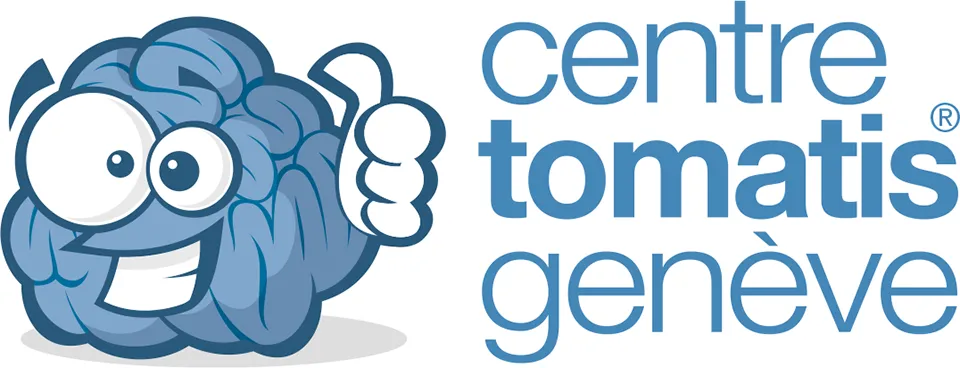Autism

The mother's voice, bone conduction and Tomatis
What is autism?
Autism is one of the pervasive developmental disorders (PDDs). These are severe and early onset disorders, characterised by delays and impairments in the development of social, cognitive and communication skills.
According to the International Classification of Diseases and the DSM-IV, the defining symptoms of autism are
- An early onset of the disorder, before the age of 3
- Severe impairment in social interaction
- Severe abnormalities in language development
- Restricted, repetitive and stereotyped behaviours, interests and activities
- Abnormal sensory responses, through hypersensitivity or hypo-sensitivity
The Tomatis method and autism

The Tomatis Method is one of many possible approaches to the education of autistic children, and in no way can it be sufficient in itself. However, it can be a very useful ally in the fight against this disorder, because it can help the autistic person very effectively on several levels. Let us see how.
The protocol based on the mother's voice
First of all, an important work with the mother's voice will be undertaken: the child will be immersed in the intra-uterine sonic universe to try to induce in him a desire to communicate.
By transmitting the mother's voice with a strong participation of bone conduction, the idea is to awaken in the child the awareness of a primordial and indefectible link that would touch him from the inside. It is interesting to observe a strong power of regulation by the maternal voice: very often, the child calms down instantly when listening to it and gives us the impression that he remembers this voice and that he recognises it.
In concrete terms, it is a question of making contact with the child, by stimulating him/her through very specific work in bone conduction. This work will contribute to the definition of the body schema, because the perception of the bone structure gives rise to an awareness of the unity of the body structure. In addition, the work in bone conduction will increase the sensitivity of the skin responses and thus the awareness of a body envelope. This strengthening of skin responses will in turn lead to greater receptivity to all vibratory phenomena, and in particular to the sounds involved in speech.
- By awakening skin contact and therefore tactile contact, we will also stimulate visual contact, as there is a sort of functional analogy between these two senses. The gaze will then become more exploratory, and the child will start to "feel" his visual environment through his gaze.
- The whole face becomes more expressive and the child will start to use and master non-verbal aspects of communication, such as certain mimics.
- As the ear is correctly regulated by bone conduction, there will also be a disappearance or reduction in the sudden changes, often observed from hypersensitivity to hypo sensitivity.
- Verbally, when the child is already speaking, there is an increase in volubility as well as an improvement in the expressive characteristics of the language, through a more appropriate use of intonational contours.
A multi-sensory approach
Finally, this multi-sensorial approach will be all the more effective as the auditory stimulation, which generates a strong increase in energy resources, will allow the very strong anguish from which the autistic child suffers to be curbed.
This multi-sensory mode of action is very important, because it will participate in the construction of a coherent representation of the child's own body and its relationship with the environment.
Concretely?
Making an appointment at the centre for an assessment of your situation will allow us to propose a suitable protocol. The treatment can be done on site or at home.



